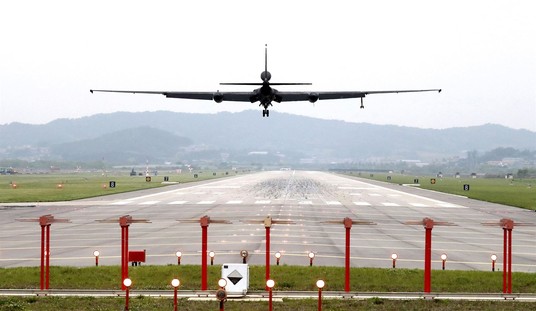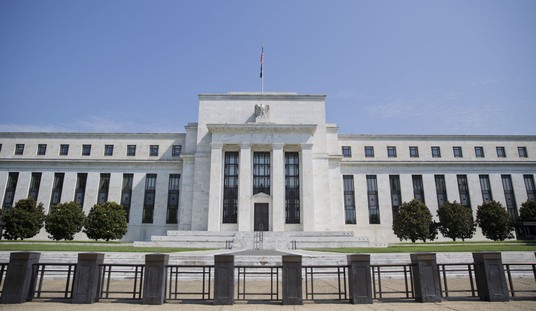Pakistan is looking more dangerous and precarious by the week. The only Muslim country in the world with an arsenal of nuclear weapons is now threatened by a ferocious and rapidly expanding Taliban insurgency. The most retrograde Islamist army on earth has conquered territory just a few hours’ drive from the capital. Though this discouraging outcome wasn’t inevitable, it was at least likely. As Robert Kaplan pointed out in “an insightful essay”:http://www.foreignpolicy.com/story/cms.php?story_id=4862&print=1 in the current issue of Foreign Policy magazine, “the Taliban constitute merely the latest incarnation of Pashtun nationalism.” And ethnic Pashtuns live on both sides of the Afghanistan-Pakistan border. “Indeed,” Kaplan adds, “much of the fighting in Afghanistan today occurs in Pashtunistan: southern and eastern Afghanistan and the tribal areas of Pakistan.”
Take a look at two maps. The first shows “the geographic breakdown of Pakistan’s patchwork of ethnicities”:http://ramesh-007.sulekha.com/mstore/Ramesh-007/albums/default/Pakistan_ethnic_1973.jpg. You’ll notice that ethnic Pashtuns live in the notoriously backward and violent northwestern frontier provinces. Their region extends deep into Afghanistan and covers the southeastern part of that country. These two regions — which are actually a single region with a somewhat arbitrary national border between them — are where most Taliban activity has been concentrated since the United States destroyed their regime in Afghanistan. A second map shows the breakdown of “areas in Pakistan currently under Taliban control”:http://www.longwarjournal.org/maps/Pakistan/NWFP24APR09.php. You’ll see, when you compare the maps carefully, that almost all areas that are either Taliban-controlled or Taliban-influenced, are Pashtun.
The Taliban are more than an expression of Pashtun nationalism, of course. They represent a reactionary movement that idealizes the simplicity and extreme conservatism of 7th century Islam. By burnishing this ideology, the Taliban is able, absurdly, to attract support beyond its Pashtun base.
The ethnic component, though, is a formidable one. It all but guaranteed a certain degree of success by the Taliban in all of “Pashtunistan,” in Pakistan as well as in Afghanistan. Yet all the while, the ethnic map imposes constraints, if not limits, on how far the Taliban can expand.
They were able to seize power in most of Afghanistan before 2001, although the “Northern Alliance” — made up primarily of ethnic Tajiks — managed to hold out until Americans arrived and smashed the regime in Kabul. Since then, the Taliban have had a harder time operating outside “Pashtunistan.” “The north of Afghanistan,” “Kaplan writes”:http://www.foreignpolicy.com/story/cms.php?story_id=4862&print=1, “beyond the Hindu Kush, has seen less fighting and is in the midst of reconstruction and the forging of closer links to the former Soviet republics in Central Asia, inhabited by the same ethnic groups that populate northern Afghanistan.”
“Read the rest in Commentary Magazine”:http://www.commentarymagazine.com/blogs/index.php/totten/64212.
The Taliban and Pashtun Nationalism

Advertisement








Join the conversation as a VIP Member